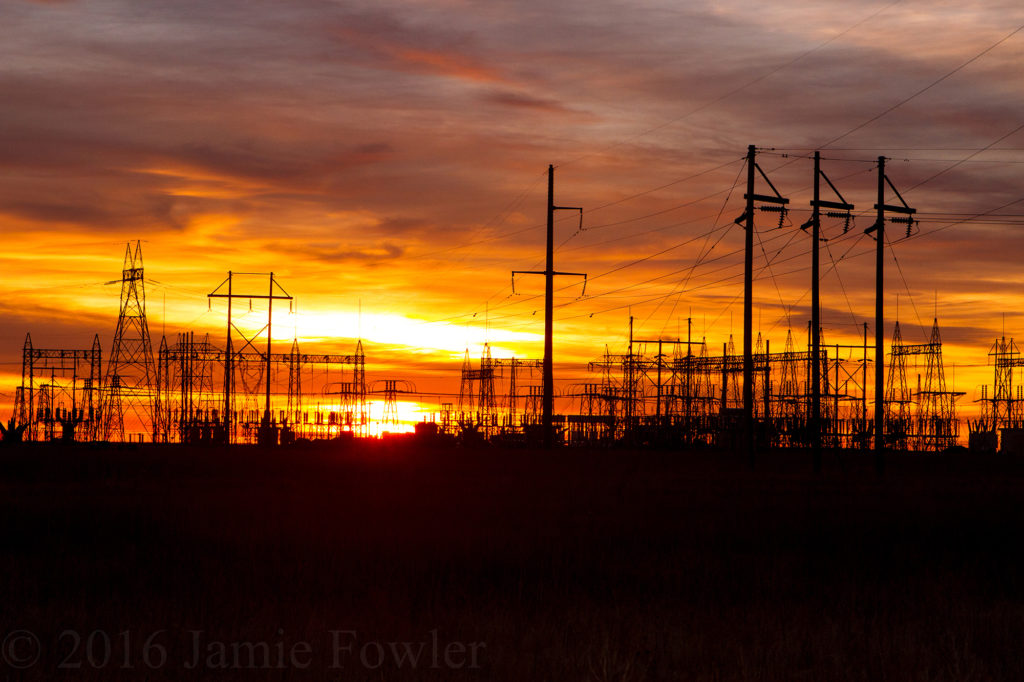
The U.S. electric transmission system would largely survive a high-altitude electromagnetic pulse event caused by a nuclear warhead atmospheric explosion, an intensive investigation by the Electric Power Research Institute has found.
EPRI released its three-year study, “High-Altitude Electromagnetic Pulse (EMP) and the Bulk Power System—Potential Impacts and Mitigation Strategies,” on April 30.
Researchers conducted laboratory testing and analysis to determine the effect on the transmission grid from an EMP triggered by the unlikely event of a nuclear warhead detonated approximately 30 kilometers—about 18 miles—above Earth’s surface.
An EMP is a series of fast-moving waves of electromagnetic energy that can damage or destroy electronic components and equipment and also possibly result in voltage stability challenges and high-voltage transformer damage.
There are concerns that an EMP triggered at the right altitude could bring down the U.S. transmission grid as well as other critical infrastructures like telecommunications, emergency services and hospitals.
But EPRI’s study found that, while direct exposure to the initial pulse could damage or disrupt some transmission electronics, existing resiliency built into the grid would likely prevent catastrophic failure. Recovery from an EMP would be similar to that from other large-scale power outages, EPRI said.
“An EMP is an extremely unlikely event, but one that the electric industry needs to clearly understand and ensure that cost-effective potential mitigation measures do not result in unintended consequences or impacts,” said NRECA CEO Jim Matheson. “This comprehensive study by EPRI will be a vital tool in that process.”
The study outlines potential strategies to mitigate EMP impacts, including shielding cables with proper grounding, installing low-voltage surge protection devices and filters, and using fiber-optics-based communications.
More than 60 U.S. utilities, the Defense Threat Reduction Agency, the Department of Energy, three national laboratories, and the Electricity Subsector Coordinating Council contributed to the report.
“EPRI’s research represents the largest utility collaborative on this issue focused on understanding the technical facts using both laboratory testing and advanced modeling,” said Michael W. Howard, president and CEO of EPRI. “The results also provide a cost-effective pathway to enhance the resilience of the grid and accelerate recovery.”
The study comes as President Trump called on federal agencies, in collaboration with the private sector, to prepare for the effects of an EMP event. An executive order in March called for the federal government to warn industry of an impending EMP attack and provide protection and recovery “through public and private engagement, planning, and investment.”
Cathy Cash is a staff writer at NRECA.